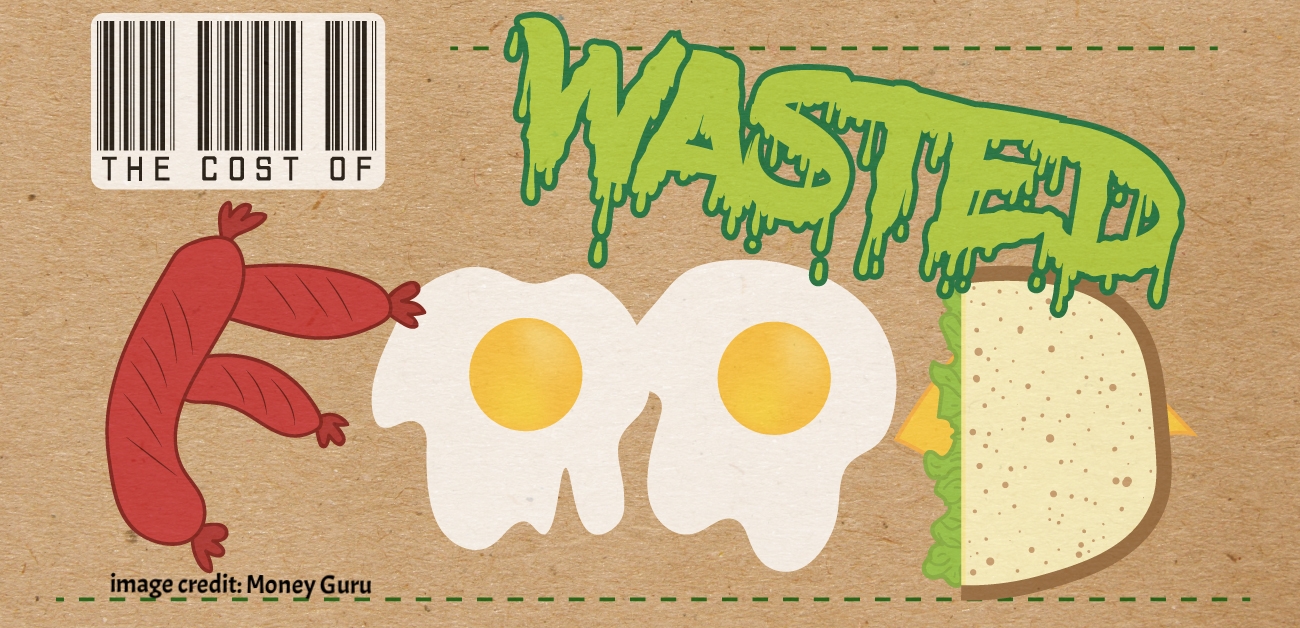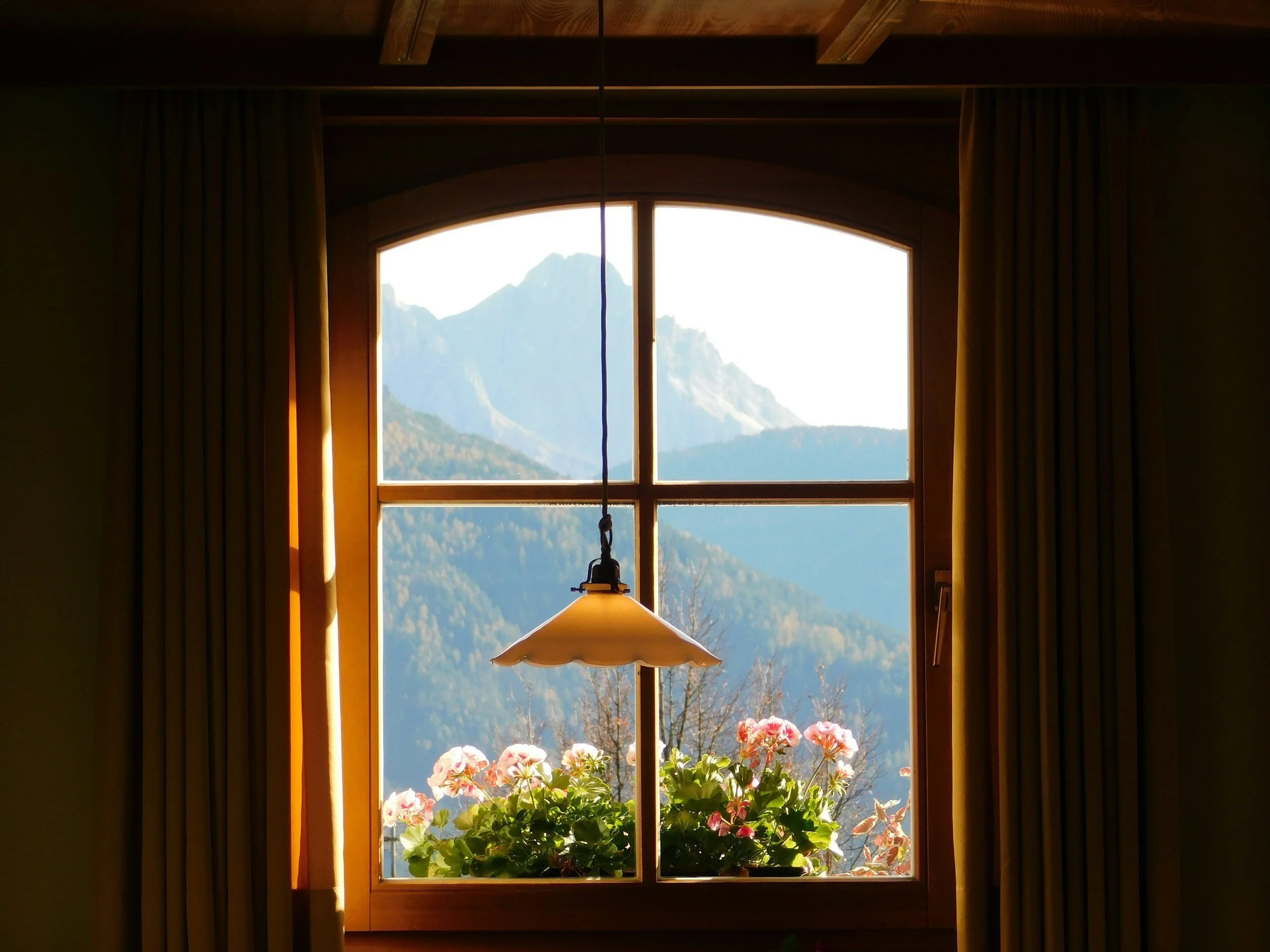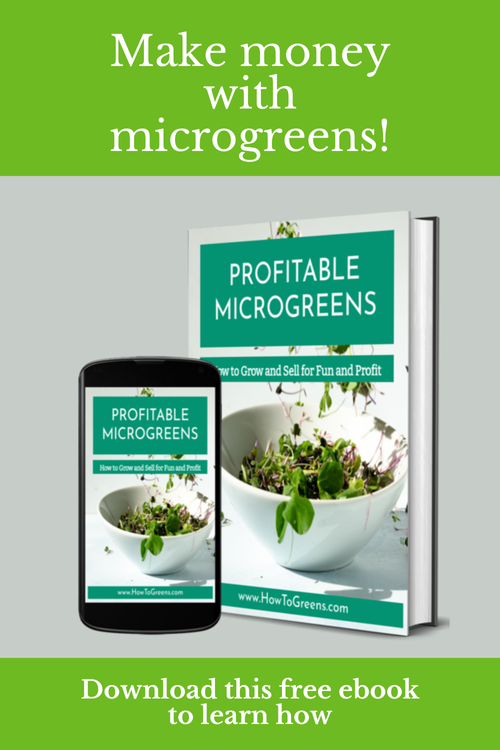Addressing the Global Water Inequality Crisis – Infographic
/Guest post by Tom Murphy
In a planet that’s 70% water, you’d be forgiven for thinking that there was more than enough of this precious resource to comfortably sustain its population. However, when you think through how much of this water is fit for human consumption, you realize that maybe there isn’t a whole lot to go around for more than 7 billion inhabitants. In the Western world, water scarcity certainly isn’t a problem for most (with some exceptions in pockets of the US, the EU, and Australia ), but delve deeper into impoverished Third World/Global South nations and it will soon dawn on you just how shocking the disparity of water availability is on this planet.
Read More





![Eco-Labels Around the World (Interactive Infographic]](https://images.squarespace-cdn.com/content/v1/526e7179e4b0dda0159f0a13/1525479978026-KHAACVZPYUWB4PXLKCUR/ecolabels2.jpg)












































